Hey, friends
You’ve been watching videos of people growing veggies and harvesting them fresh from their backyard gardens, and now you’re probably thinking, “Sure, but I live in an apartment and I’ve even managed to kill a cactus, so no thanks.” I totally get it. I used to believe that gardening was only for those with real yards, garden gnomes, and perhaps a compost bin. But here’s the surprising truth: You really don’t need any of that to grow your own food. Not even a yard. All you need is a pot, some soil, and a sunny spot, simple as that. Let’s dive into the world of growing veggies in small spaces, also known as container gardening, which is the easiest and least intimidating way to start growing your own veggies. I’ll guide you through the process, but in a laid-back way.
First off, What Even Is Container Gardening?
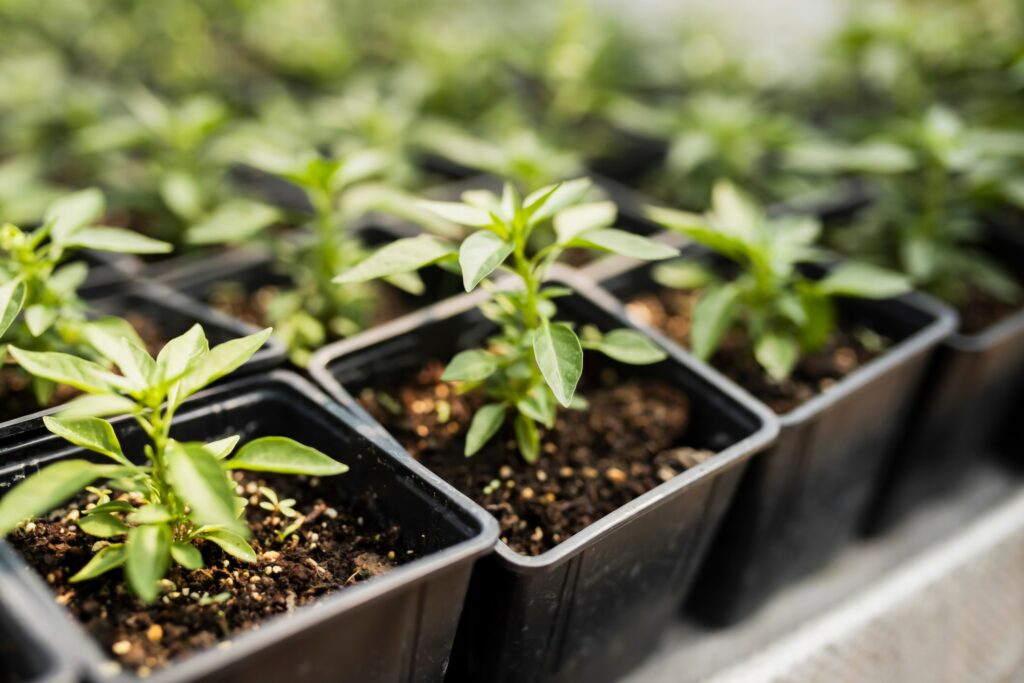
Okay, fancy words aside, it’s exactly what it sounds like. You’re growing veggies in containers, Pots, Buckets, and old coffee cans. (Yes, seriously. I once grew mint in a yoghurt tub.) It’s perfect for beginners because:
- You can do it in tiny spaces, balconies, porches, even windowsills.
- There’s way less weeding.
- You’re in full control. Soil, sun, water, everything.
- And bonus: if something goes wrong? You can just move the pot. Try doing that with an in-ground garden.
What Can You Actually Grow in a Pot?
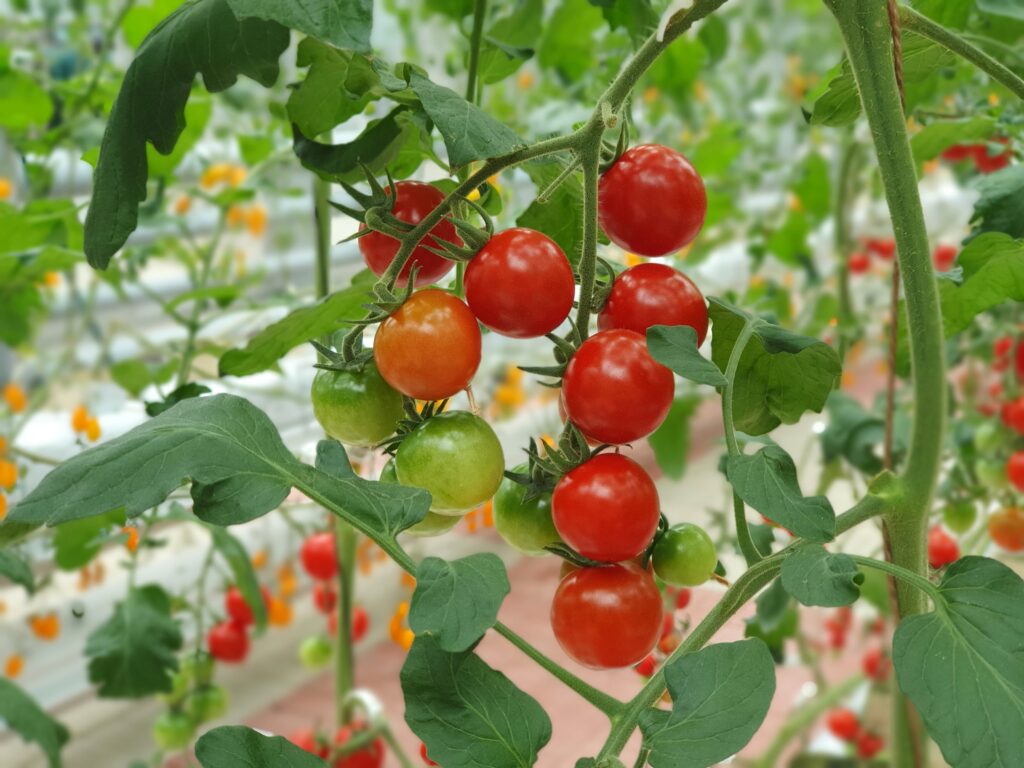
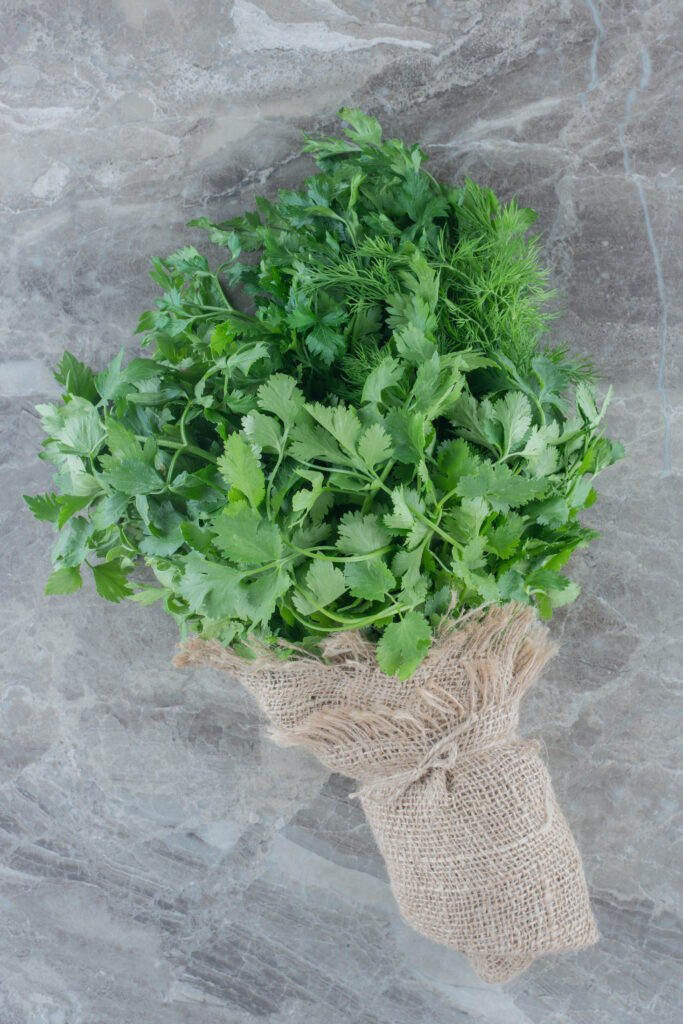
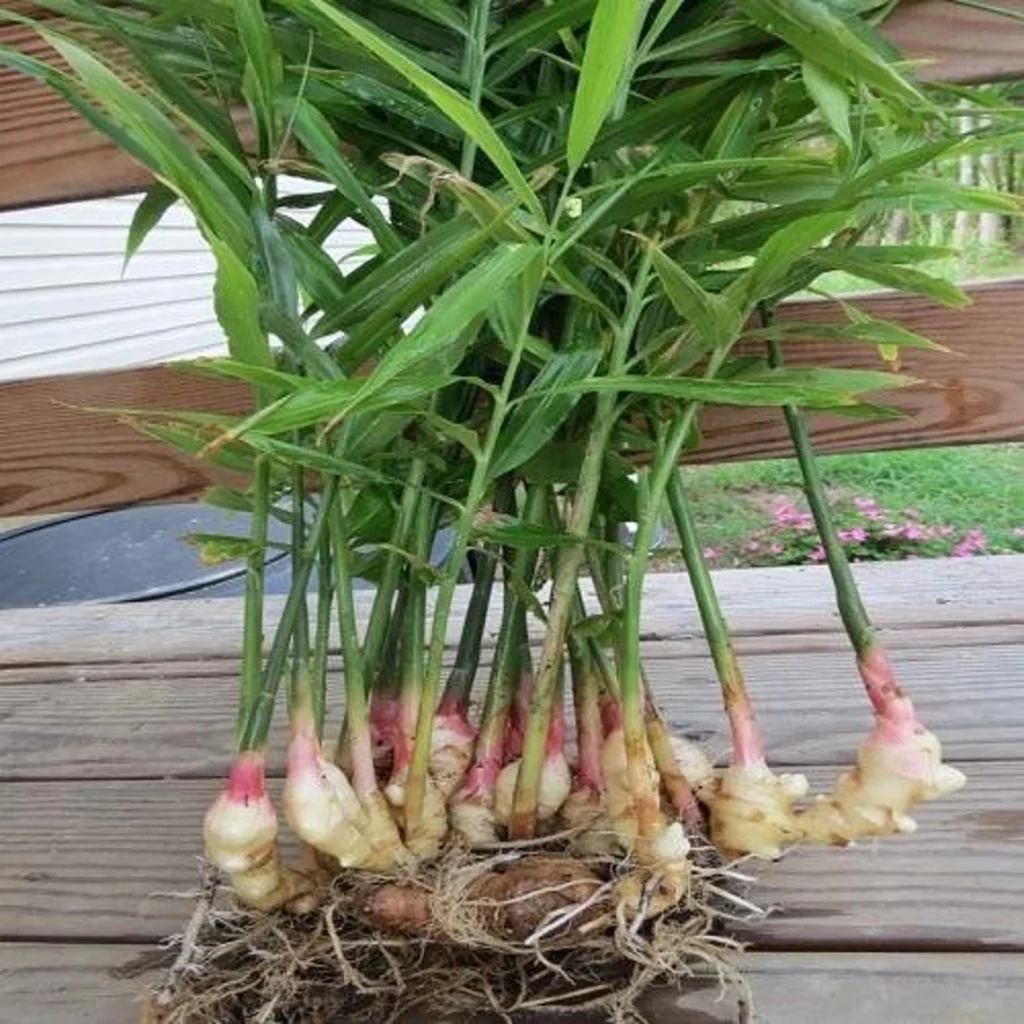
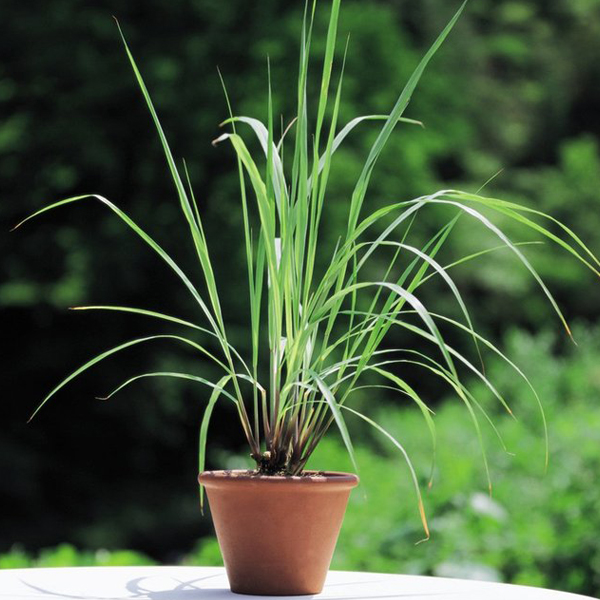
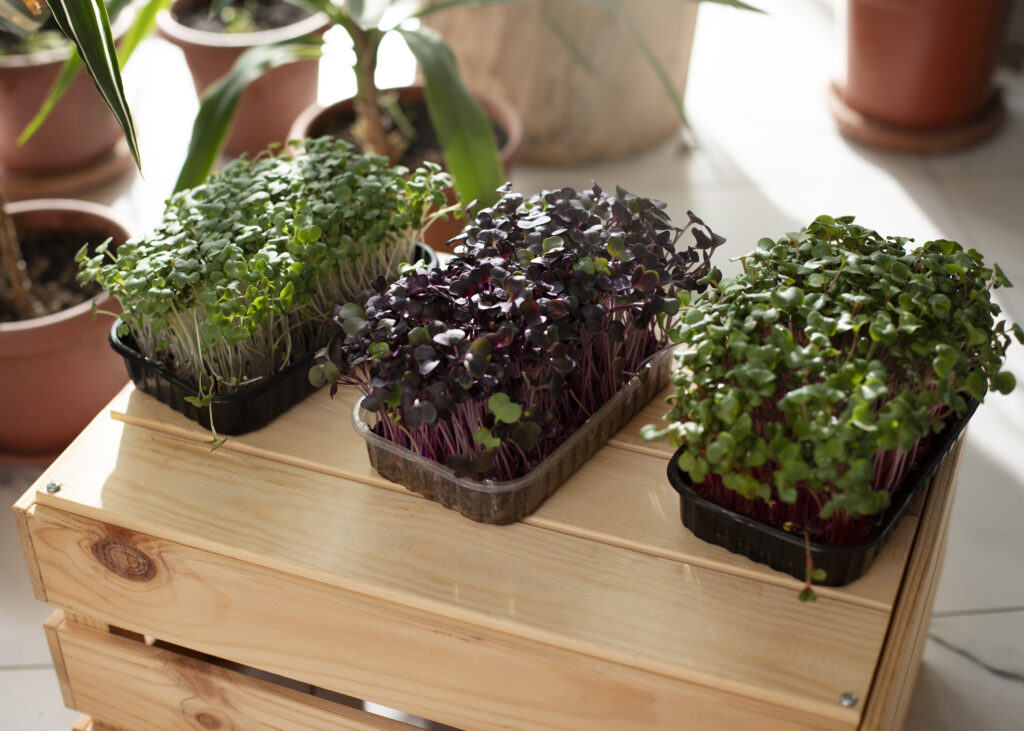
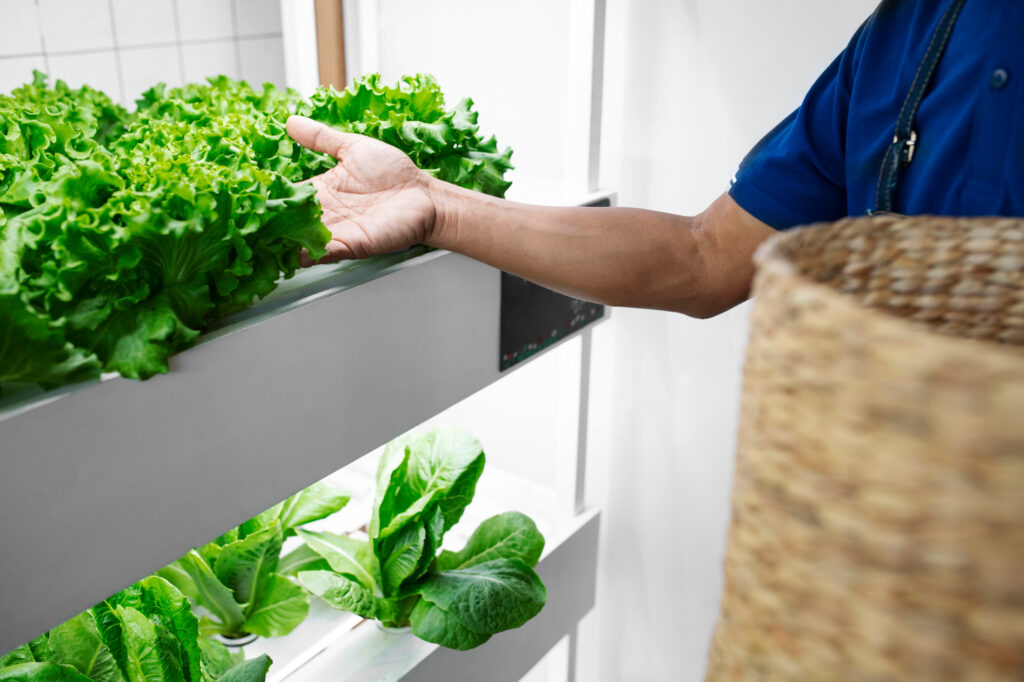
Short answer? A lot more than you’d think. Let’s keep it simple to start, because you don’t want to be knee-deep in Pinterest ideas and crying over failing spinach(been there). Here’s what worked for me right off the bat:
- Lettuce. Easiest thing ever. You plant it, it grows fast, and you just snip leaves off as needed. It’s like a little salad factory.
- Cherry tomatoes. These are a whole vibe. Cherry tomato loves the sun, go nuts in containers, and taste 1,000x better than store ones.
- Radishes. Okay, I wasn’t even into radishes until I grew them myself. They’re SO fast, like “harvest in a month” fast.
- Herbs. Basil, mint, and coriander they’re drama-free and perfect for beginners. Plus, they make your pasta taste like a chef made it.
You don’t have to grow everything. Pick one or two things you actually like to eat, and start there. What would you grow first, if you could only pick one?
Let’s Talk Containers for Growing Veggies
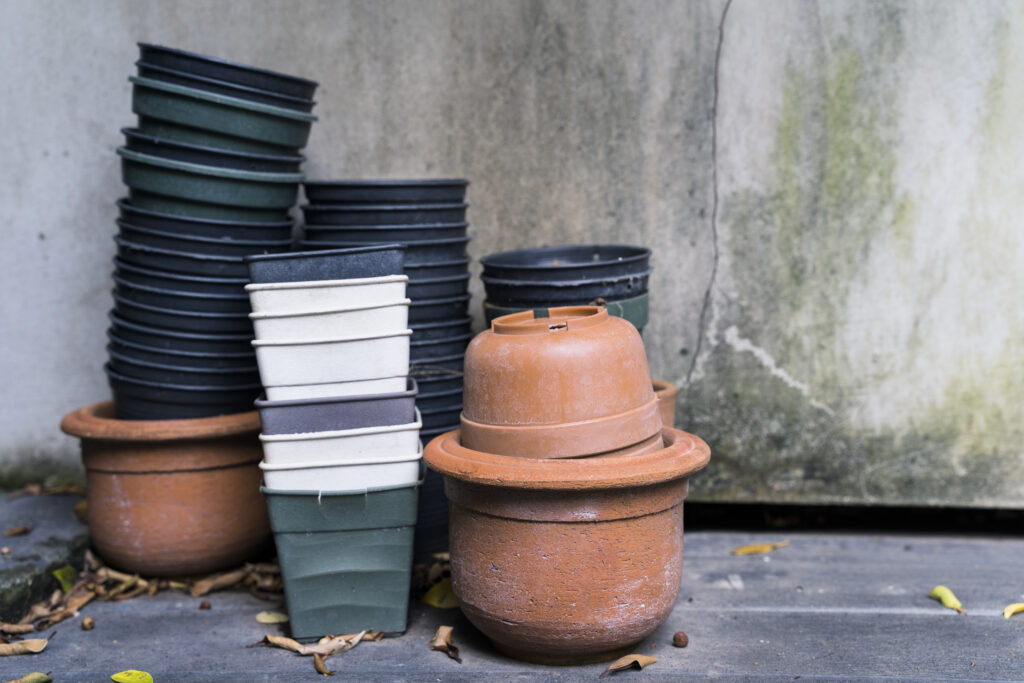
Okay, story time: I once tried to grow a tomato plant in this cute little ceramic pot I got on sale. It looked great, until the roots had nowhere to go, and the poor plant gave up on life halfway through summer. Moral of the story? Size matters.
Here’s the basic idea:
- Big plants (like tomatoes or peppers) need big pots, think 12 inches deep or more.
- Smaller stuff (herbs, radishes, lettuce) is chill with 6–8 inches.
- And please, make sure the pot has holes in the bottom. No drainage = root rot = sadness.
Don’t overthink the look of the pot. It could be a plastic tub, an old bucket, even a repurposed drawer (yup, seen it). Plants don’t care about aesthetics. They care about space and drainage.
The Right Soil for Growing Veggies

Here’s the one place you really shouldn’t cheap out: soil. Don’t just go outside and scoop up dirt from the ground (or worse, the park). That stuff is dense, possibly full of pests, and not ideal for containers. Go for a good potting mix, the fluffy kind that holds water but drains well. Add in a bit of compost if you can, and your plants will be thriving. And hey, don’t reuse the same soil year after year without refreshing it. Even dirt gets tired(relatable, honestly).
Watering
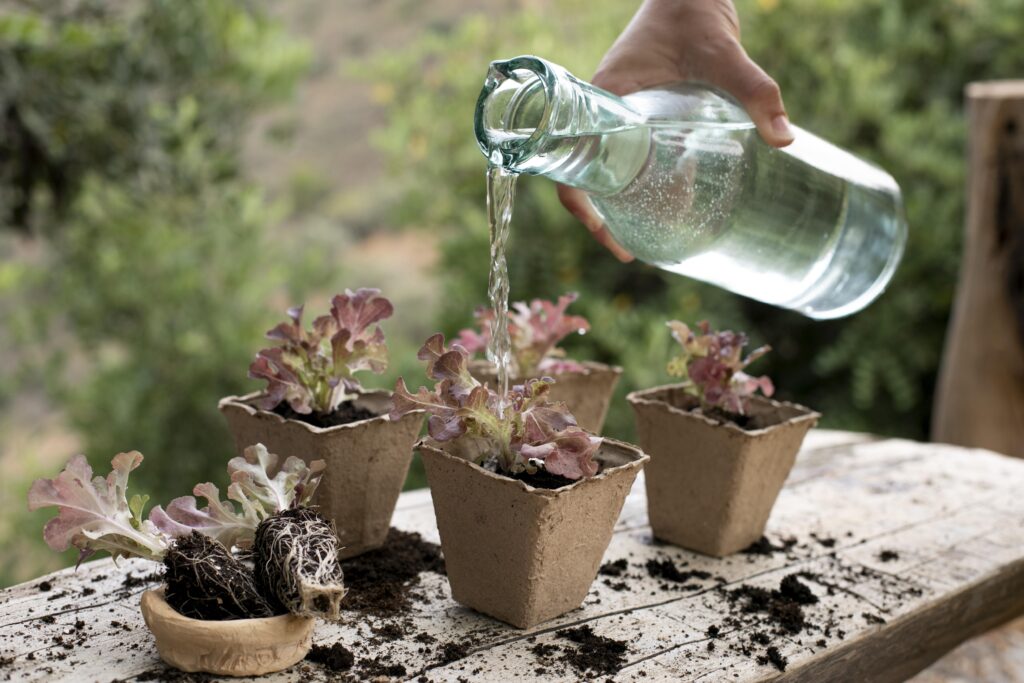
Not too much. Not too little. Just right. This was the hardest part for me at first because I kept hovering with the watering can like a helicopter parent. Turns out? Plants do NOT appreciate being smothered.
Here’s a simple test:
- Stick your finger in the soil.
- If the top inch feels dry, go ahead and water.
- If it’s still damp, leave it alone.
Morning watering is best. Your plants wake up, stretch, and sip water before the sun gets intense. Same, honestly.
Sunlight
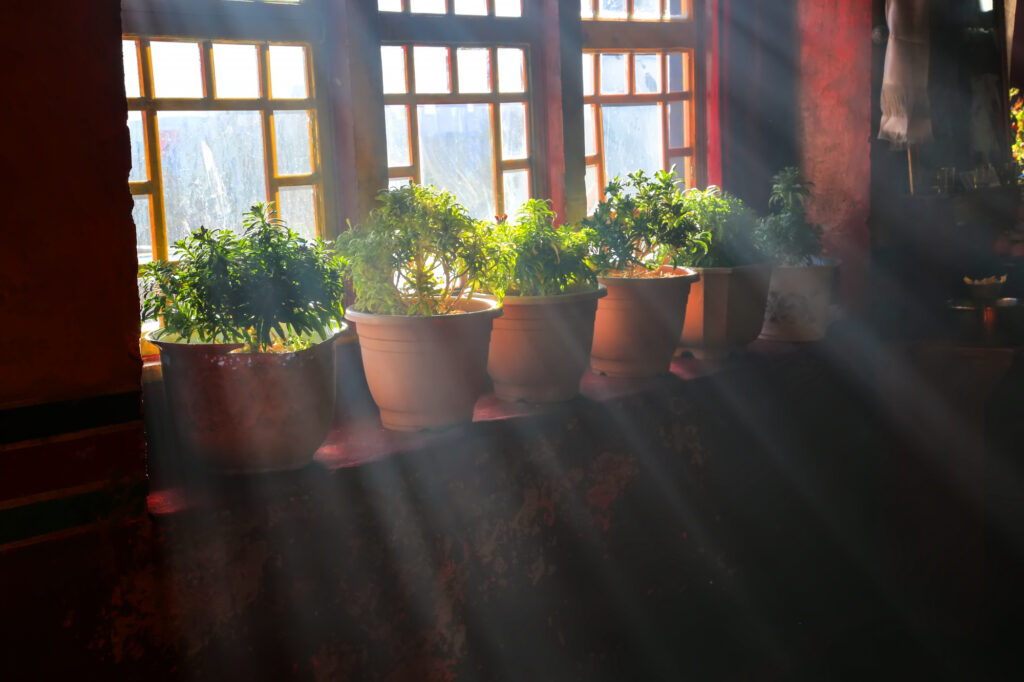
Plants need sun like we need the internet. They’ll survive with less, but they won’t thrive. Most veggies want at least 6 hours of direct sunlight. South-facing balconies? Chef’s kiss. East or west-facing? That’s good too. North-facing? You might need to stick with leafy greens and herbs that don’t mind less light. Don’t have much sun at all? That’s okay. You can still grow veggies, just adjust your expectations. And hey, maybe one day you’ll get that dream sunny porch. A gardener can dream, right?
Things Will Go Wrong(and that’s okay)
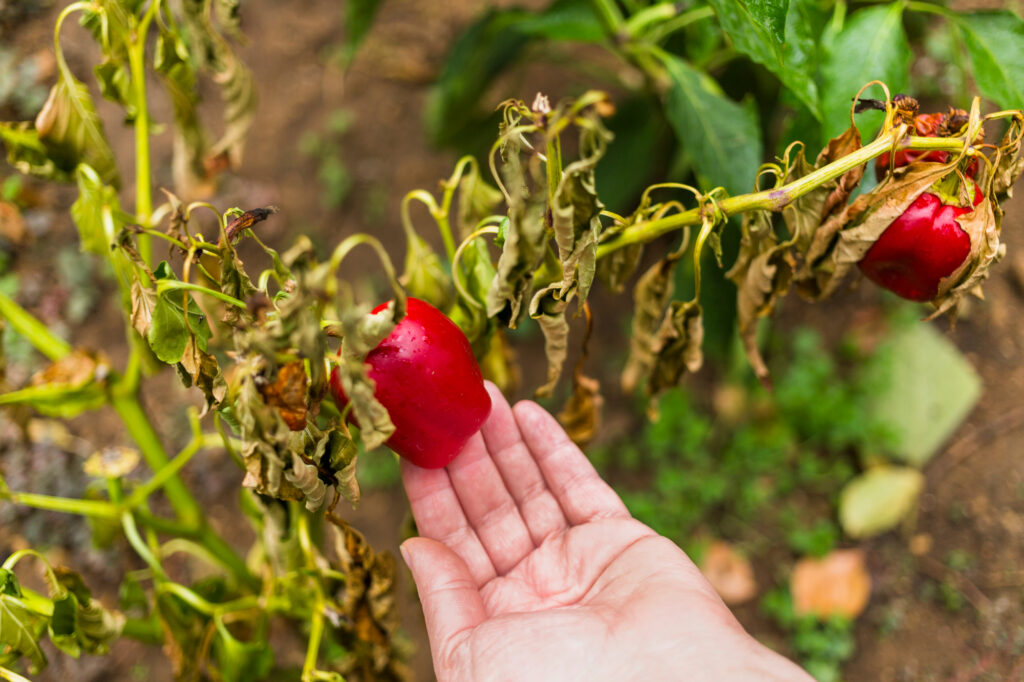
Here’s something nobody tells you when you start: you will mess up.
You’ll overwater something. Or forget to water for a week. You’ll crowd too many plants into one pot. You’ll get bugs (ugh, aphids). Or you’ll go on vacation and come back to a wilted jungle. And you know what? You’ll still learn, figure it out and try again. Gardening teaches patience, curiosity, and a weird amount of emotional attachment to plants (I once named my tomato plant “Tommy” and talked to him daily. No regrets).
Final Word: You Don’t Have to Be an Expert for Growing Veggies
Listen, if you take nothing else from this post, take this:
You don’t need a garden, fancy tools, or to know everything. You just need a container, some soil, a seed or two, and a little curiosity. Try it, fail a little, try again. One day, you’ll be out there growing veggies and snipping fresh herbs like you’ve been gardening your whole life. And when you do? Take a bite, smile, and say, “Damn, I grew that.”
Now, Tell Me, What’s the First Thing You’d Grow?
Are you thinking lettuce? Herbs? Tomatoes?
Or maybe you’re still just daydreaming about fresh salad on your windowsill? Let’s talk. Drop a comment or message me. I seriously love hearing beginner garden stories. Wins, fails, and everything in between.
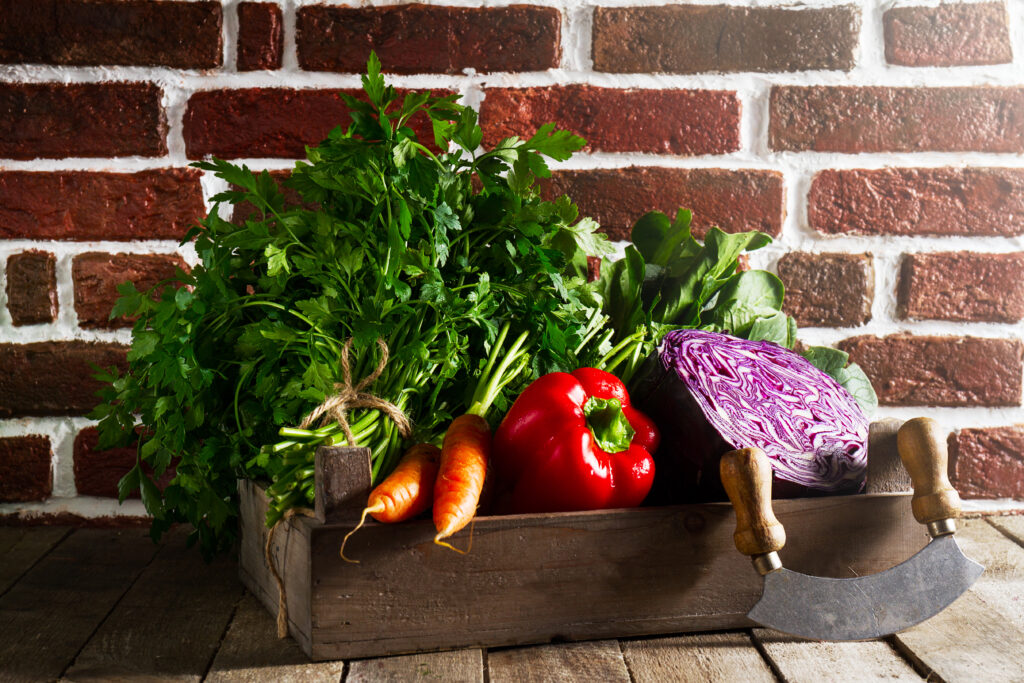
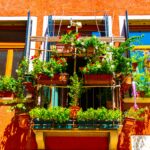
Pingback: Vertical Garden for Air Purification in Indian Homes (2025 Guide) | Organic Kokan
Pingback: Self-Watering Vertical Garden for Indian Apartments | DIY | Organic Kokan
Pingback: Low-Light Plants That Thrive Anywhere | Organic Kokan
Pingback: Your Ultimate Guide to Indoor Plant Styling in 2025 | Organic Kokan